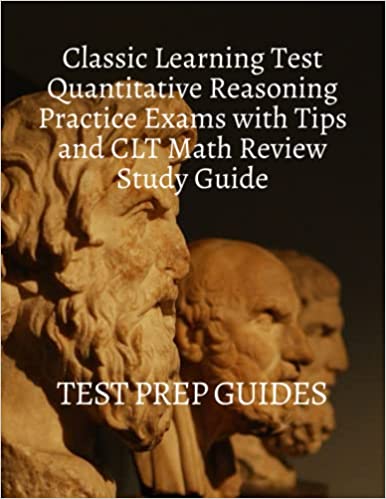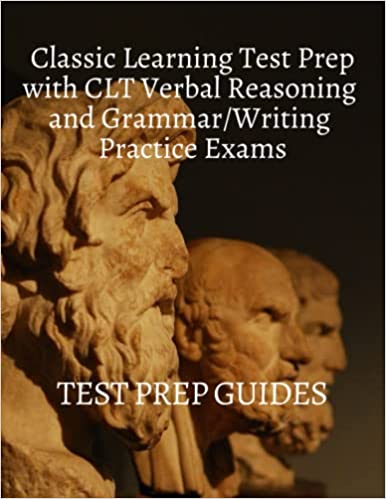What is the Classic Learning Test (CLT)?
The Classic Learning test, also known as the CLT Exam, is an alternative college placement test. The CLT has three parts: reading, writing, and quantitative reasoning.
For our great books, please click on the images at the side.
The reading and quantitative reasoning parts of the CLT exam are very similar to other college placement exams, such as the Accuplacer, ACT, and SAT. All of the math formulas that you need will be provided on the exam.
The Classic Learning Test (CLT Exam) has a writing section in which you need to read a sample essay and identify and correct the errors.
Classic Learning Test – Sample Writing CLT Exam
Instructions: Look at the underlined words and phrases in the draft essay below. Then identify the errors and choose the best corrections. If you think the phrase or sentence is correct as it is written, then choose answer A.
It may be helpful to write your answers down, and then check them against the answer key at the bottom of the page when you have finished. Remember to pay special attention to punctuation.
Organic Food
Paragraph 1
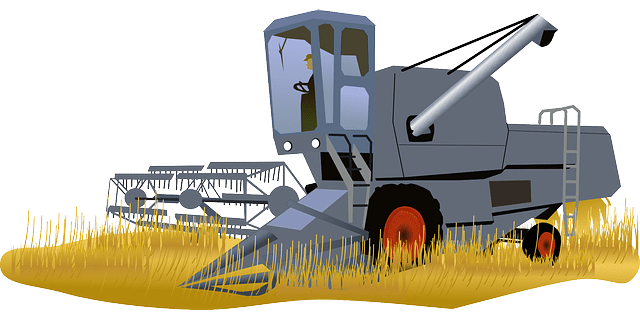
[1] Organic farming and organic produce even though create many positive outcomes for the environment, [2] mostly mainstream American consumers have reservations about organic food.
Item 1.
A. No change
B. Organic farming and organic produce even though creating
C. Even though organic farming and organic produce create
D. Organic farming and organic produce create even though
Item 2.
A. No change
B. most mainstream American consumers
C. mainstream mostly American consumers
D. mainstream most American consumers have
Paragraph 2
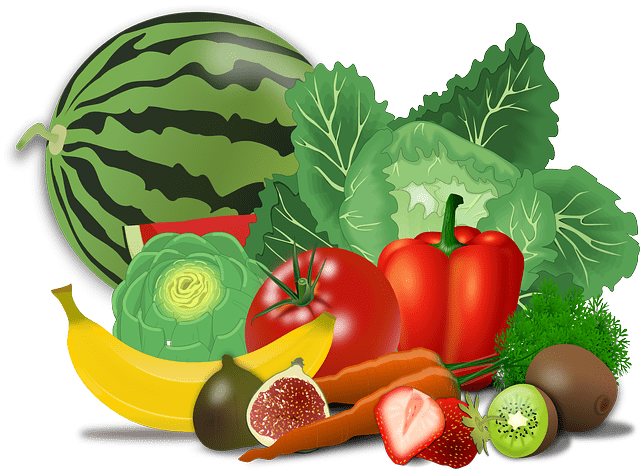
[3] The first drawback that consumers perceive is of course, cost.
[4] Organic food often costs 50 to 100 percent much more than food produced using traditional farming methods. [5] Consumers with higher income levels probably afforded this, [6] but many people simply do not believe than the potential health and environmental benefits are worth the expense.
Item 3.
A. No change
B. first drawback, that consumers perceive is of course,
C. first drawback, that consumers perceive is of course
D. first drawback that consumers perceive is, of course,
Item 4.
A. No change
B. much than
C. than
D. more than
Item 5.
A. No change
B. can probably afforded
C. are probable to afford
D. can probably afford
Item 6.
A. No change
B. believe that
C. believe, which
D. believe which
Paragraph 3
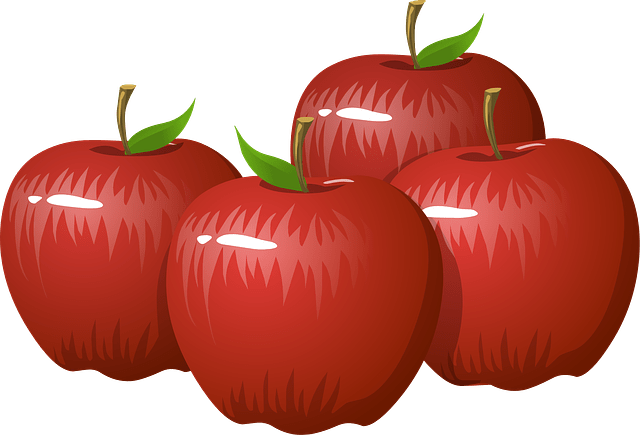
[7] There also concerns about the safety of organic food. [8] Organic produce often grown using cow manure. [9] Take the case of windfall apples, which are apples that fall off the tree. [10] These apples can be contaminated by the cow manure, and if not washes properly, this can lead to serious food poisoning or even death. [11] This contamination occurs because manure contains a very insecure bacteria, known as e-coli.
Item 7.
A. No change
B. There is also concerns about
C. There are also concerns about
D. Concerning about
Item 8.
A. No change
B. is often grown
C. often grown is
D. grown is using often.
Item 9.
A. No change
B. that are apples
C. are apples
D. in which apples
Item 10.
A. No change
B. and if not washed properly,
C. and if not being washed properly,
D. and if do not wash properly,
Item 11.
A. No change
B. harming
C. dangerous
D. defenseless
Paragraph 4

[12] Last but not least, and strangely enough, some people are reluctant to purchase organic food because he thinks it spoils too quickly. [13] Food preservative’s are not natural ingredients in food, but they do, in many cases, substantially prolong the life of food.
[14] This long life in the minds makes the non-organic food a better value of many consumers. [15] So, it may be quite some time before the purchase of organic food became the norm in American households.
Item 12.
A. No change
B. they think
C. one thinks
D. you think
Item 13.
A. No change
B. Food preservatives’
C. Food preservatives
D. Food’s preservatives
Item 14.
A. This long life in the minds makes the non-organic food a better value of many consumers.
B. This long life makes the non-organic food in the minds a better value of many consumers.
C. This long life makes in the minds the non-organic food a better value of many consumers.
D. This long life makes the non-organic food a better value in the minds of many consumers.
Item 15.
A. No change
B. becomes
C. become
D. is becoming
Item 16.
Suppose the student wants to add a sentence at the end of the last paragraph to make a prediction about future purchase of organic food by the American public.
Which of the following sentences would achieve that purpose?
A. But the main reason why members of the public refuse to purchase organic food will be because of its cost.
B. Normally in the future the production of organic food is bound to decline.
C. Looking ahead, organic produce may become a better value for American consumers.
D. If prices were reduced, organic food sales to the public would increase in the future.
E. Without increased public demand, the organic food industry will not improve in its profitability.
Answers to the CLT Practice Test
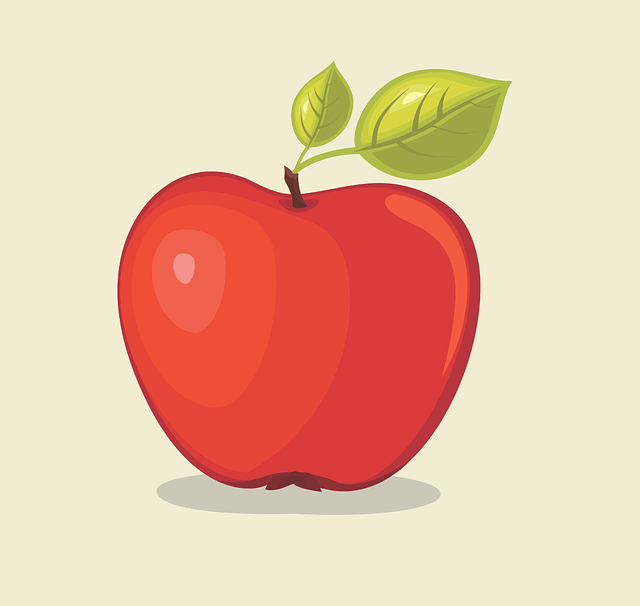
1) C
2) B
3) D
4) D
5) D
6) B
7) C
8) B
9) A
10) B
11) C
12) B
13) C
14) D
15) B
16) D
More learning resources
Note: The CLT and Classic Learning Test are trademarks of Classic Learning Initiatives LLC, which is neither affiliated with nor endorses this website.
